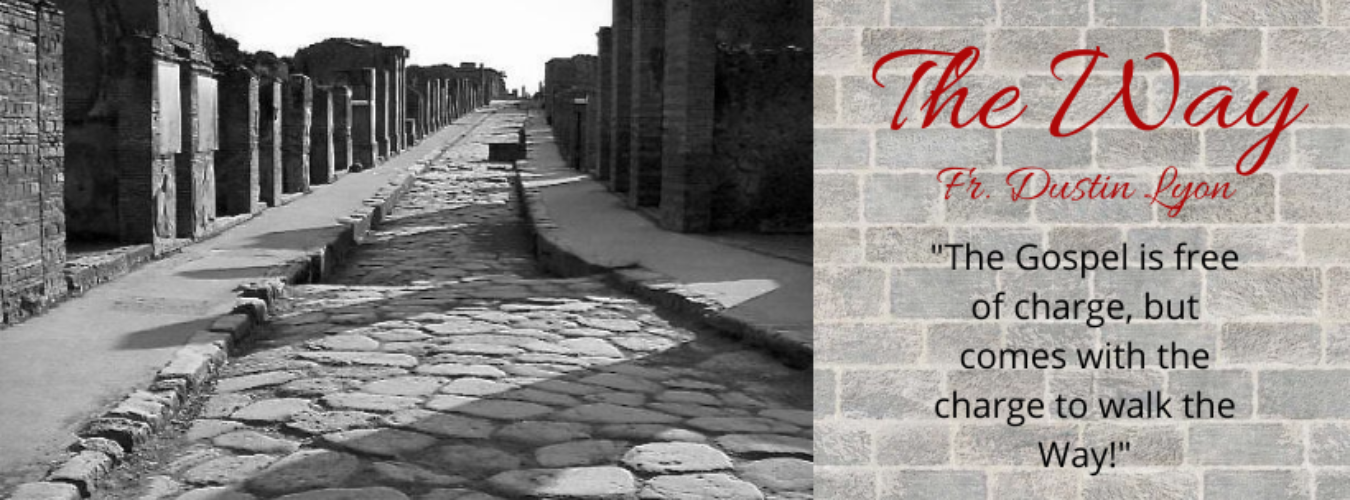One question I get quite regularly is: which Bible translation should I use?
First, let me CONGRATULATE YOU! You’ve decided to read the Bible and become more familiar with it. That in and of itself is good news!
I do, however, understand your frustration. Just recently I needed a new Bible, and I found myself standing at the local bookstore looking at shelves of Bibles. They must have had 20 different translations!
HERE ARE ONES I LIKE
All translations have pros and cons. The only way to avoid this is to learn Greek (and Hebrew, and a little Aramaic); however, that’s a lot of work.
Until then, here’s what I recommend:
- Revised Standard Version – Catholic Edition
The RSV-CE is a successor of the King James Version, and, over the past 60 years or so, has become a classic English translation.
It’s also the standard translation used in the services of the Orthodox Church of America.
I recommend the Catholic Edition (click here) because it contains the canonical (official) books of the Bible that the Protestants removed, often called the Apocrypha. (Yes, the Protestants took a few books out of the Bible!)
- New Revised Standard Version
The NRSV is a scholarly, and ecumenical, translation of the Bible. It is an updated version of the RSV, and it can also be found with the Apocrypha.
This is the translation used by most professors in college courses.
It can be found in various editions: a very readable single column text (click here), or as a Study Bible (click here).
- Orthodox Study Bible
The Orthodox Study Bible is a pan-Orthodox effort to add Orthodox study notes to the Bible.
The New Testament is the New King James Version (NKJV), and the Old Testament uses the NKJV as a base, but it was edited to more closely match the Greek Old Testament (called the Septuagint, or LXX), rather than the Hebrew Old Testament (called the Masoretic Text).
This Bible will help you see how it’s used in Orthodox theology, and in Orthodox services (click here).
REMEMBER TO READ IT!
Whatever translation you choose (and there are many other good ones that I didn’t mention), the important thing is to read, read, read!
As you read the Bible, the stories will become ingrained in you. It’ll inform your life to give you COMFORT, HOPE, and FAITH!
But, your life in Christ will stagnate if you’re not constantly reading the inspired word of God. So, remember to read, read, read!
REMEMBER ALSO TO HEAR THE WORD!
Just as important as reading, is hearing the word of God!
When the Bible was written, people didn’t sit down and read like we do today. In fact, when they did read, they read out loud!
What the God-inspired authors of the Bible actually intended was for their work to be read out loud to a congregation. It’s a text that’s meant to be heard, and this is exactly what is done in Church on Sunday mornings!
CHURCH ALSO PROVIDES CONTEXT
Many of you know that the Bible can be interpreted many different ways, and this is the reason that context matters just as much as the translation you choose.
When the Bible is read in an Orthodox Liturgy, the context is Christ crucified. St. Paul once wrote,
For I decided to know nothing among you except Jesus Christ and him crucified. (1Co 2:2 RSV)
The Orthodox Liturgy is a worship service that is centered on the Eucharist, which is precisely a proclamation of Christ crucified! St. Paul wrote,
For as often as you eat this bread and drink the cup, you proclaim the Lord’s death until he comes. (1Co 11:26 RSV)
Knowing the Bible’s context (Christ crucified) will help you to understand the overall message of the Bible.
P.S. THE BIBLE AND CHRIST CRUCIFIED
The Bible was originally written in ancient languages, which many of us don’t speak. So, we turn to translations, but which one?
I recommend the RSV-CE, the NRSV, or the Orthodox Study Bible, but if you like another one, then go for it.
Whichever translation you pick remember two things:
1) to read, read, read
and…
2) to come and hear the Bible proclaimed within its original context: the Eucharist, which proclaims Christ crucified!
So, why not come, hear the Good News, and learn about Christ crucified this Sunday at St. Elias (10:30; 2001 Asbury Rd, Dubuque), or your nearest Orthodox Church (click here for a locator)?


I love the option to read the Bible as a single column of text (like every other book is written), rather than reading it in the standard, two-column version that most Bible’s are currently printed. It makes it feel less ‘text-book’ – therefore, more pleasurable to read.
Thanks, Fr. Dustin:
Some of the western Fathers (Ambrose, Augustine, Caesarius of Arles?) liked to encourage those who could read the Bible to always invite others over to listen. Mostly it was hearing the Word, not seeing words.
And famously people who saw Ambrose standing silently in front of a book could not figure out what he was doing. Silent reading was basically unimaginable.
Gary,
Yes, I’ve heard those stories about the first people to read silently in their heads! Though it doesn’t seem odd to us, it must have been a shock to them!
And, you can’t go wrong inviting people over to read (or hear) a bit of scripture!